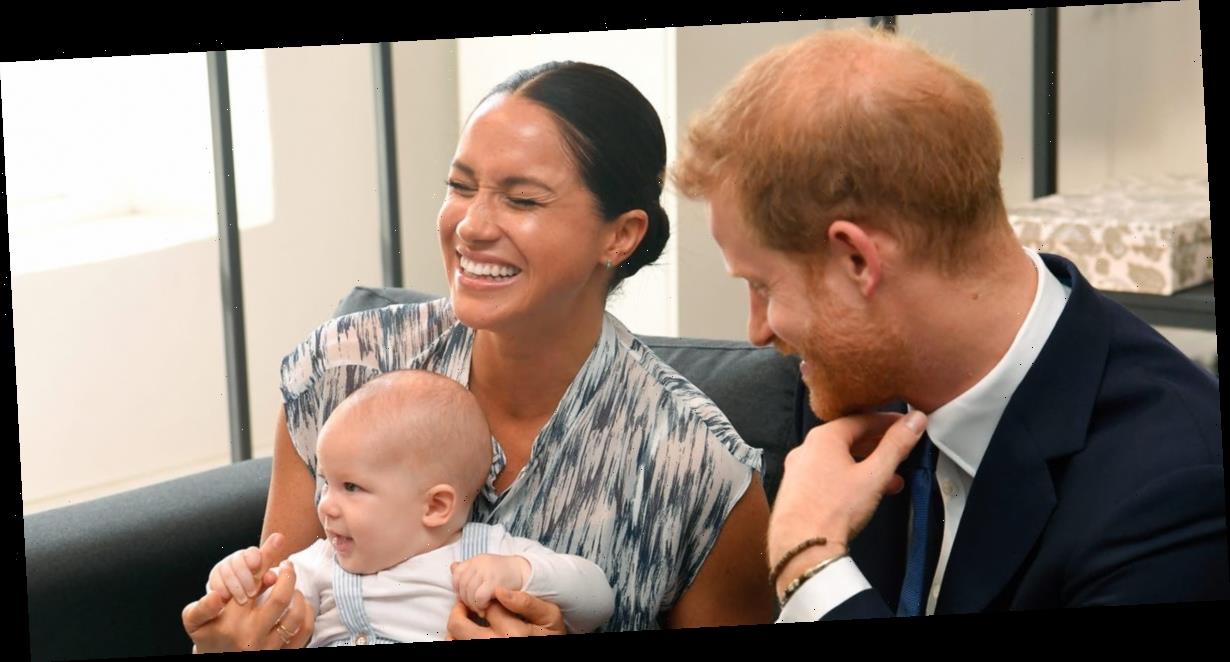By Deepa Lakshmin
Lightning strikes. There’s a web of tangled branches, a flash of sequins; Misterwives frontwoman Mandy Lee emerges from the darkness of a blank computer screen, mic in hand, and a booming thunder in her voice as she launches into “Over the Rainbow.” Even for a virtual concert during a pandemic, the performance’s stage design had to measure up to the band’s bigger ambitions.
“We wouldn’t be able to bring like 30 trees on tour, you know?” Lee tells MTV News over a video call about the various theater sets the band and their crew built over the past four months: a skyline of clouds, a lonely bedroom, a poppy field in full bloom, a bubblegum-pink disco party. Each installation got its turn in the spotlight in The Live Dream, Misterwives’s ticketed virtual concert that streamed earlier this month on Moment House — the event startup that took home $1.5 million in seed funding from backers like Scooter Braun, Troy Carter, Jared Leto, and Kygo’s Palm Tree Crew.
In truth, “virtual concert” doesn’t do The Live Dream justice. The blink-and-you-missed-it costume changes, the sheer volume of sets, and the expansive choreography wouldn’t make sense on the intimate stages Misterwives came up playing in their hometown of New York City. But on campus at Rochester Institute of Technology — where they rehearsed and filmed the show over multiple days before editing it down and streaming the recorded set — they had the time, space, and resources to go bigger and bolder with their production. It’s a “silver lining,” Lee says, because it wouldn’t have been possible to pull off such a grand performance if their original 2020 tour plans had panned out.
Moment House founder Arjun Mehta tells MTV News over the phone that terms like “livestream” or “virtual show” are “limiting” or “feel inferior.” They prefer “moments.” The startup advises artists to focus on what they can deliver digitally that they could never create in real life. “You’re not supposed to compare the two,” Mehta adds. “This is supposed to be an entirely new unit, not a replacement.”
Though much of Moment House’s funding came after the onset of COVID-19, the company was founded in late 2019 with a 10-year product vision that hopes to keep the events rolling after the pandemic ends. With the live-music industry on hold since March, artists have nonetheless kept the connection alive, first with intimate at-home performances, then eventually with scaled-up concerts in proper venues. Moment House feels like the next logical step in that evolution.
Artists using Moment House — among them Halsey, Yungblud, and Blackbear, plus a Justin Bieber New Year’s Eve performance coming up — set their own ticket prices and pocket 100 percent of that revenue, and the startup charges an additional 10 percent service fee to cover operating costs. Selling tickets, besides paying the bills, also filters out casual listeners, Mehta points out. You’re left with core fans who are often eager to find their people. Pre-recording The Live Dream meant that Lee could join Moment House’s live chat during the show and interact in real time with these “Instawives,” the title of the Instagram DM group started by fans. A Discord server soon followed.
“I thought it was going to be like a movie, and it was going to be weird,” Misterwives super fan Jireh Deng tells MTV News over the phone. “Actually, it was really fun, and I felt like I was still part of a community as I was watching it online, even though we weren’t there physically in person.”
Audiences tune in from across the globe, and if they don’t live near a tour stop, this could be their only shot to see their favorite band perform. It’s a dilemma that BTS, with their worldwide Army, were working to solve even before COVID-19. Last June, the megastars broke the Guinness World Record for most viewers for a music concert livestream on a bespoke platform. A whopping 756,000 fans logged on for their virtual performance broadcast by Kiswe, a cloud-based company founded in 2013 that offers AR and XR technologies and multi-camera perspectives, among other tools, to make at-home viewing more engaging.
“It’s like a blank canvas,” Kiswe CEO Mike Schabel says over video about stages that are intentionally designed for digital audiences instead of arenas. In the BTS set, for example, “everything was a pixel — from the top, the bottom, the sides.” When you’re surrounded by LCDs and running video beneath your feet, the possibilities become endless. During a second Kiswe livestream in October, the K-pop group employed multi-view capabilities to tell six different stories running in parallel across four stages, so fans could pick their favorite. With augmented reality, they were even able to watch and hear fans react in real time. (According to a Kiswe report, BTS was “happy to see you, even if it’s through a screen.”)
Adam, Jack, and Ryan Met — together known as the New York-based pop band AJR — are currently gearing up for their own Kiswe livestream, One Spectacular Night, airing on Saturday, December 26. They tried out drive-in shows first, and now they’re planning a “virtual concert that really blows up the idea of what a virtual concert can be,” Ryan says over video. Fans expect big spectacles at their performances; on tour last year, they did a step-by-step recreation of how they produced “Don’t Throw Out My Legos” based on the snare of The Beatles’s “Penny Lane” and the sound of Jack dropping his keys, then closed out the night with a parade of simulated drummers pulled from the light-up suits they wore onstage.
Now the trio is letting their imagination run wild and collaborating closely with Kiswe to bring their vision to life. While an in-person tour stop might have eight or so impressive feats, this show will have one for practically every song, from Jack walking in midair thanks to wire automation, plus laser and LED tricks that look like magical illusions.
“It’s weird because we’re living in a world where this idea of the livestream and what it could be is being built as we’re doing this,” Adam says. With tours, you know how much money, how many lights, and what kind of stage you’re working with, but “there hasn’t really been a box put around what a livestream can be yet.”
Yet the number of livestreams grows every day, according to data from Bandsintown, which has been aggregating livestream music events across genres and hosting platforms since March. The website registered over 62,000 livestreams in nine months. In June, 1.9 percent of music livestreams on Bandsintown were ticketed; that skyrocketed to 50.7 percent by the end of November, with 80 percent of fans on the site willing to pay for access. Fabrice Sergent, managing partner of Bandsintown, projects that artists could “double their income” in the future if they incorporate ticketed livestreams into their traditional tour strategy to reach fans globally. Over video chat, he compares it to the evolution and profitability of physical records: “That change happened over 10 years. The switch to livestream happened over 10 months.”
Bandsintown’s heat map of livestreaming data, shown below, proves that audiences across the country are tuning in, albeit in less concentrated groups far away from major cities. Now the concert industry is finally catering to those underserved markets and, as a result, becoming more inclusive of and accessible for fans everywhere.
“When you’re touring and the money machine is well established, you repeat the money machine. You turn that crank,” Schabel says. “Well, unfortunately the industry got decimated this year… so you have to rethink a new money machine, and this one was sort of sitting there in the wings.”
For AJR, it’s been cool to see how many fans they have in Southeast Asia and South America — places they’ve never played before — so they can consider those locations for tours down the line. Up until now, social media was the main way to connect with such audiences. Though there’s always appreciation for unscripted Instagram Live or Twitch sessions straight out of an artist’s living room, both AJR and Misterwives welcomed the creative challenge to step outside their comfort zones and build something entirely brand new for their fans.
“I feel like it’s like putting out your album and then putting out the demos or sharing your voice memos,” Lee says about sharing cozy videos of herself playing by her Christmas tree. “You can have this beautiful polished product but… seeing the inner workings of us doing it ourselves, or ‘this is what it sounded like stripped down,’ I feel like that resonates so much more, even [when] you put everything you’ve got into the bigger production stuff.”
Each form of musical storytelling works hand-in-hand with another; the large-scale livestreams that are timed down to the second complement spontaneous posts, just as they’re expected to complement in-person concerts when they return. “I do think it’s nice to pull back the curtain,” Lee continues, “and be like, we’re all the same here.”
Source: Read Full Article



